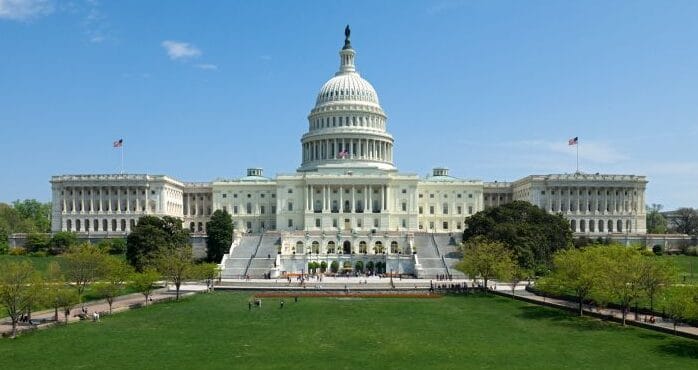IRS Notice 2020-32, released last week, clarified that expenses paid with proceeds from a Paycheck Protection Program (PPP) loan will NOT be deductible in the determination of an employer’s/borrower’s taxable income for 2020. (see related post) This decision has raised the ire of many Congressional leaders who argue that the loss of these deductions was not contemplated or intended in the construct of the original statutory language of the Coronavirus Aid, Relief and Economic Security (CARES) Act.
In a recent Fox Business interview, Secretary of the Treasury Steven Mnuchin reiterated the information set forth earlier in the Notice. He emphasized, “The money coming in the form of a PPP loan is not taxable. So if the money that is coming is not taxable, you cannot double dip…You cannot say that you are going to get deductions for workers that you did not pay for.”
To be sure, the allowance of a deduction in this instance would result in an enhanced overall PPP loan benefit. Consider the following examples:
Assume a $1,000,000 PPP loan to an S corporation with a single owner in the 37% tax bracket.
If the deductions were to be allowed, the total economic impact to this taxpayer would be $1,000,000 in loan proceeds (that ultimately are never repaid as the loan is forgiven), plus an additional $370,000 in tax savings that, again, will never require repayment through recapture or other provisions of the Internal Revenue Code.
Thus, the total economic benefit to the taxpayer in this instance would be $1,370,000.
The current position of the Internal Revenue Service pursuant to the Notice and Secretary Mnuchin, would conclude that the $1,000,000 in debt forgiveness is, indeed, tax-free, however, there would be a corresponding loss of deduction in the same amount, thereby, costing the business cash flow in the amount of $370,000.
Thus, the true economic benefit to the taxpayer in that instance would be $630,000.
The difference in the two scenarios ($370,000) is significant.
The position of the Internal Revenue Service and Treasury is logical and prevents the “double dipping” that allowing the deduction would permit. However, those protesting the decision argue that such was not the intent of Congress in passing the bill and intend to correct what they see as simply a technical error in the original legislation. A bipartisan group of Senators has introduced the Small Business Expense Protection Act, which would allow tax deductions for expenses paid with forgiven PPP loans.
To be sure, amount of cash flows associated with the two positions, as set forth in the example is substantial. In consideration of a potential reversal of the IRS’s position on this matter, legislative or otherwise, there is need to assess the cost of allowing the deduction in the determination of the overall cost of the CARES Act. If one considers that there have been two tranches of PPP loans with a total funds availability of $659 billion ($349 billion in Round 1 and $310 billion in Round 2), and perhaps assuming that 75% of the loans are forgiven, there would be $494 billion of forgiven loans. Allowing the corresponding tax deductions on the forgiven loans, at an income tax rate of 37%, would cost the Treasury an additional $183 billion.
Those arguing for the deduction are highly critical of the IRS’ invoking Internal Revenue Code Section 265, Expenses and interest relating to tax-exempt income as the basis for disallowing the deduction and dispute the Service’s interpretation of that statute. Thus, counterarguments center on a failure by the Treasury to honor Congressional intent and a false technical interpretation of the prior law.
The House Ways and Means Committee has indicated that the PPP loan issue will be addressed in the next round of economic relief legislation. Bipartisan discussions are already underway on what lawmakers are calling a “Phase Four” or “CARES 2” package.
It should also be noted that Pennsylvania will likely tax any PPP loan forgiveness. As such, the expenses paid with those proceeds will be deductible for state tax purposes in the Commonwealth.
We will keep our clients up to date as developments break on this important issue. In the meantime, should you have questions or comments, please contact Bob Grossman or Don Johnston or your GYF Executive at 412-338-9300.
Related Posts:
Further SBA Guidance Extends Safe Harbor Deadline for PPP Loans
New SBA Guidance on PPP Loan Forgiveness Related to Laid-Off Employees
IRS Says No Double-Dipping on Expenses Related to PPP Loans
Paycheck Protection Program Loans – Round 2
FAQs Issued to Further Clarify Guidance on PPP Loans
SBA Issues Additional Guidance for Paycheck Protection Program Loans
Paycheck Protection Program Loans (PPP) Available Under the CARES Act








